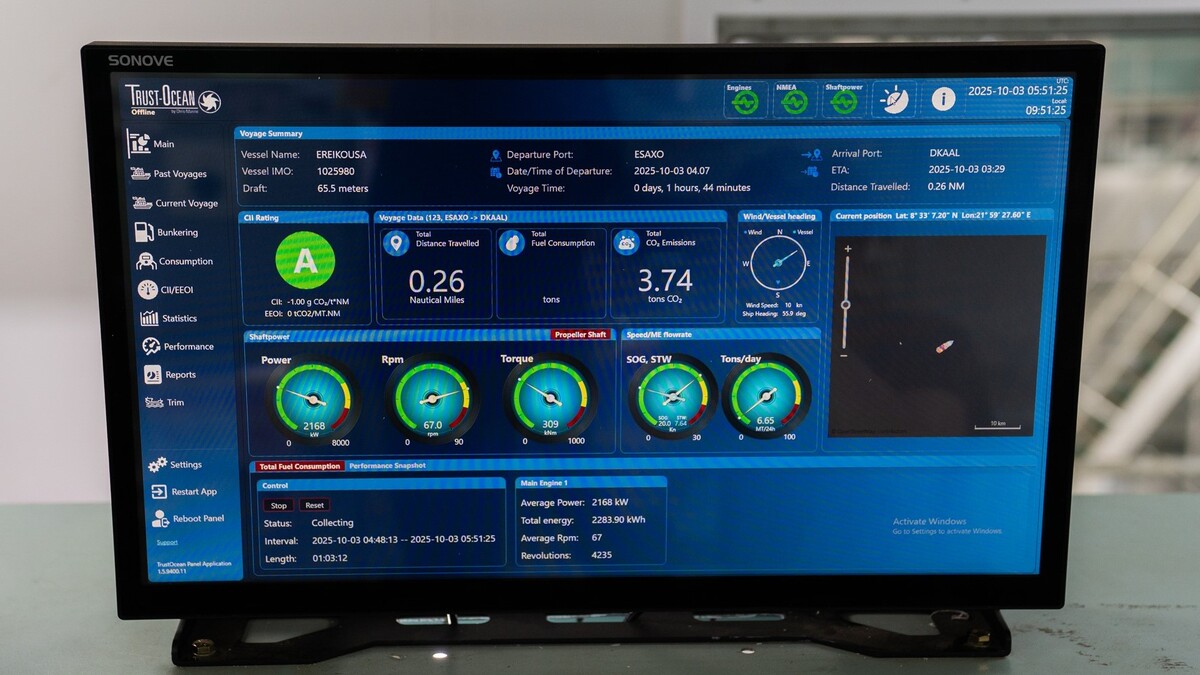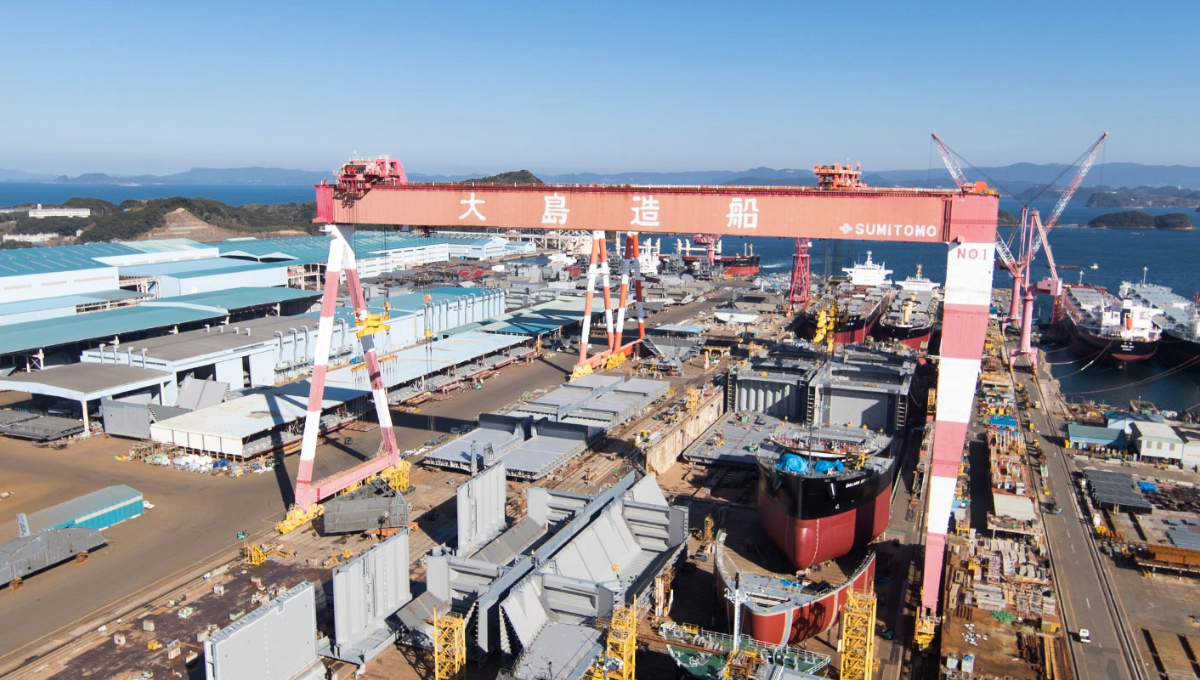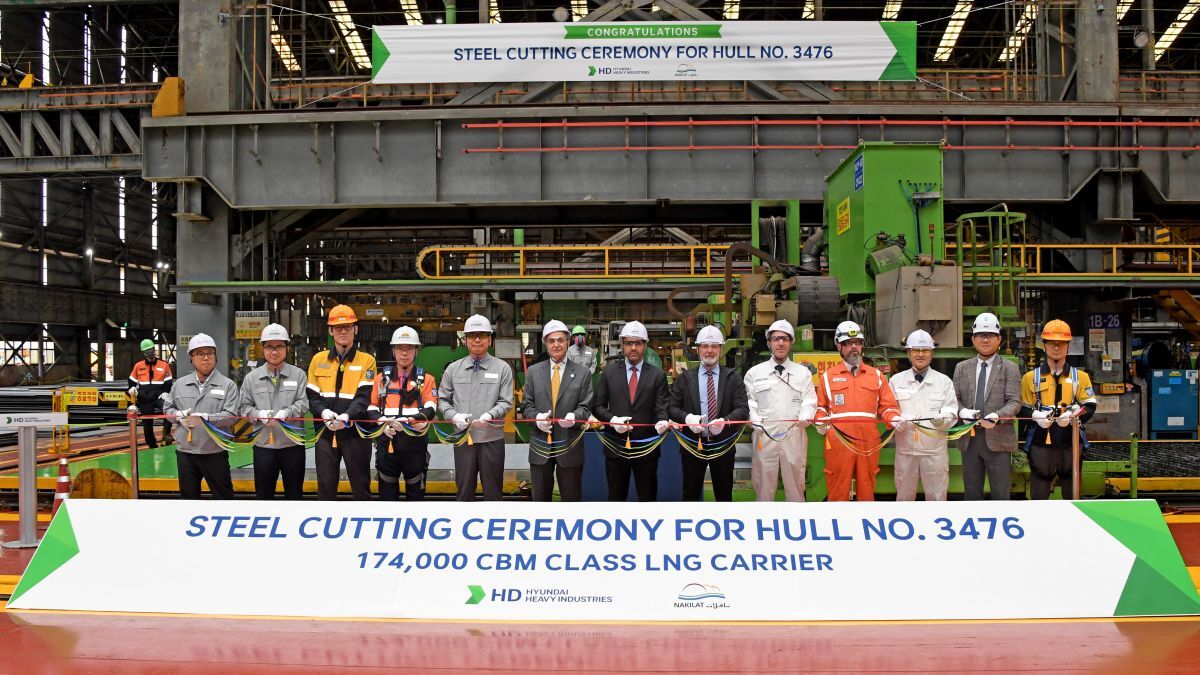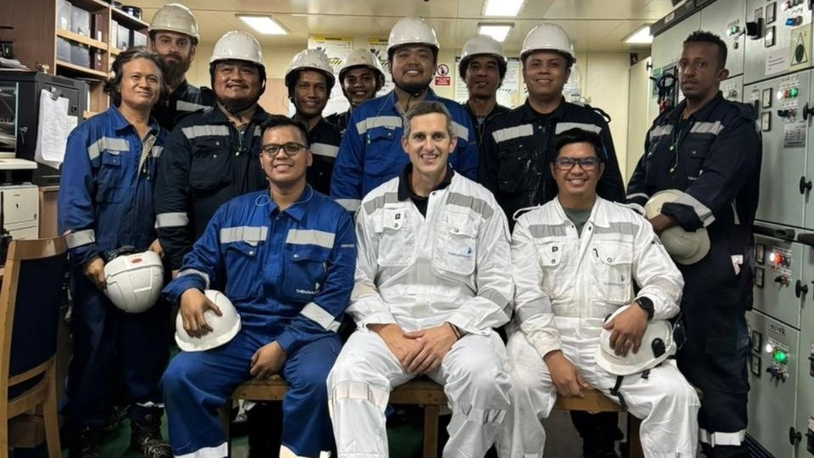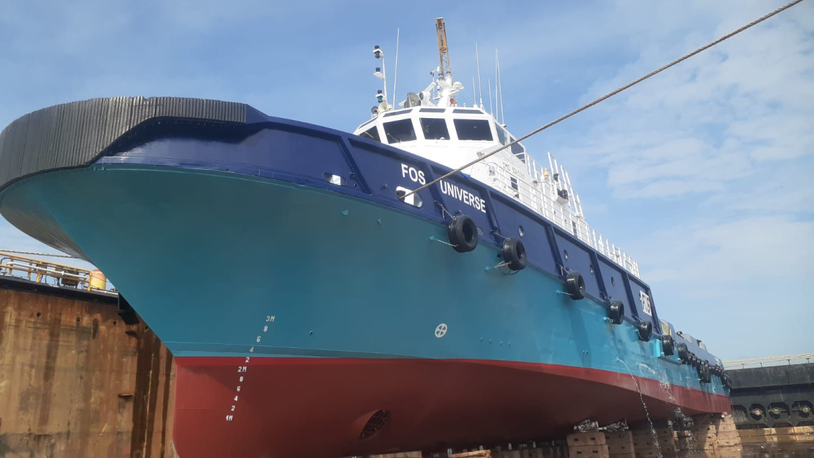Business Sectors
Events
Ship Recycling Webinar Week
Contents
Eco ships, new technologies at the heart of Japan’s US$2.3Bn shipbuilding strategy
Focusing on eco-friendly tonnage and advanced technologies could help Japan bolster its position in the global shipbuilding industry, following domestic pledges for major investments in the coming years
The Shipbuilders Association of Japan (SAJ), representing 17 leading shipbuilding groups, plans to invest approximately US$2.3Bn in the domestic industry. The initiative also seeks public sector contributions, aiming to reach US$6.5Bn by 2035.
According to Greek shipbroker Intermodal, these plans target modernising shipyards, including replacing outdated machinery, installing larger cranes and adopting advanced automation and digital technologies.
Additionally, the Japanese government has signed a memorandum of understanding (MoU) with the United States to expand collaboration, with Washington pursuing similar opportunities with South Korea.
A new chapter in innovation
These investments are centered on technological innovation. “Japan’s industry is advancing zero-emissions vessels, autonomous ships and IoT-enabled solutions through collaborations with R&D centres, universities and think tanks,” said Intermodal senior analyst Nikos Tagoulis.
By 2040, Japan aims to become a leader in autonomous and zero-emissions shipbuilding, targeting half of its domestic fleet to be autonomous.
“Rather than prioritising sheer production volume, the focus is on innovation and value-added technological solutions that enhance both vessel performance and overall quality,” Mr Tagoulis added.
He noted while Japan’s global market share may remain broadly stable, eco-friendly technologies, efficiency-enhancing solutions and strategic partnerships could boost profitability and reinforce its international standing.
Fallen share and market challenges
“These efforts come as Japan seeks to regain ground in a shipbuilding landscape that has shifted dramatically over the past two decades,” Mr Tagoulis said.
Intermodal data shows that while Japan once commanded more than 35% of new orders, its share has declined from 26% in 2017 to just over 10% as of October 2025, coinciding with rapid growth in China.
The Japanese orderbook currently comprises 737 vessels totalling 40.7M dwt, primarily bulk carriers, tankers and container ships. Regarding alternative fuels, 10% of vessels may use methanol and approximately 4% are LNG-capable. Moreover, 32% of ordered tonnage will be scrubber-fitted.
Consolidation amid structural constraints
In response to market pressures, Japan’s shipbuilding sector has undergone consolidations to sustain competitiveness.
Significant developments include Imabari Shipbuilding increasing its stake in Japan Marine United, while Mitsui E&S has gradually scaled back operations, closing its Chiba yard and transferring most newbuilding activities to Tsuneishi. Similarly, Sasebo Heavy Industries exited newbuilding in 2022, shifting focus to repairs and machinery.
However, structural challenges persist. “Limited coastal space restricts new shipyard expansion, though upgrade investments aim to increase capacity at existing facilities,” Mr Tagoulis highlighted.
Additionally, an ageing workforce has prompted the industry to recruit foreign workers, who now comprise roughly 20% of the workforce, up from virtually zero a decade ago, Intermodal data shows. Specialised training centres have also been established to support skills development.
Sign up for Riviera’s series of technical and operational webinars and conferences:
- Register to attend by visiting our events page.
- Watch recordings from all of our webinars in the webinar library.
Related to this Story
Events
Ship Recycling Webinar Week
International Bulk Shipping Conference 2025
Tankers 2030 Conference
Maritime Navigation Innovation Webinar Week
© 2024 Riviera Maritime Media Ltd.

